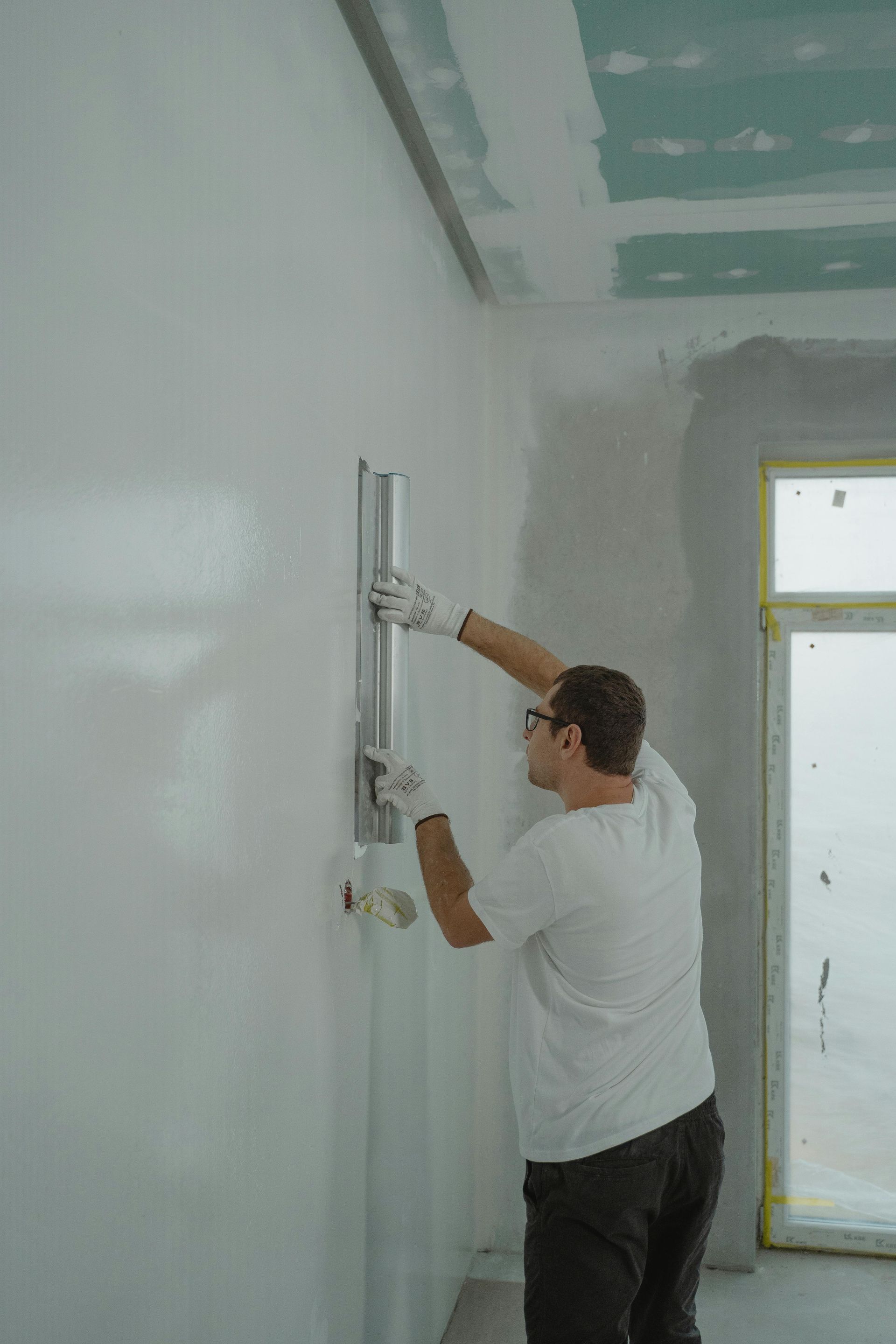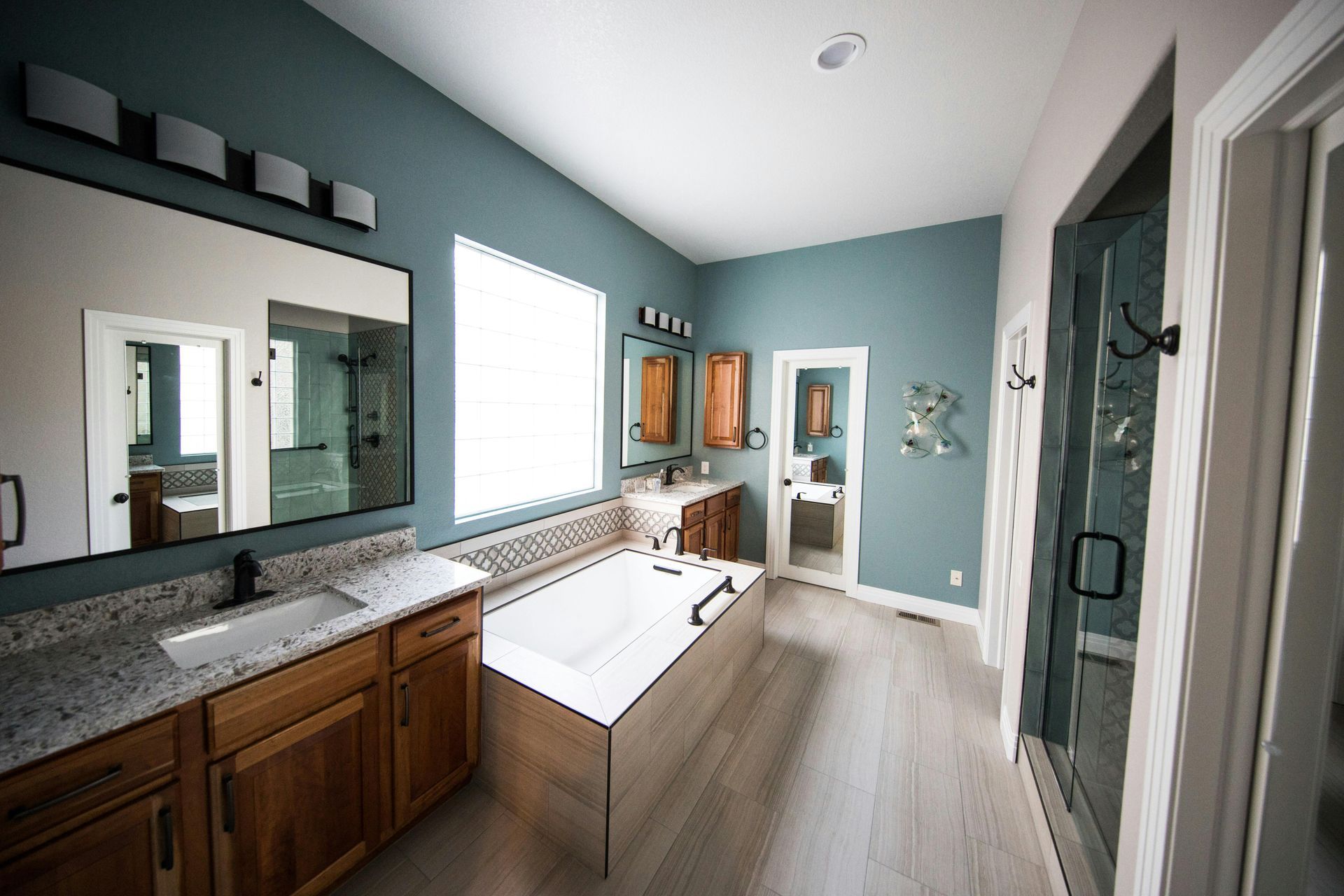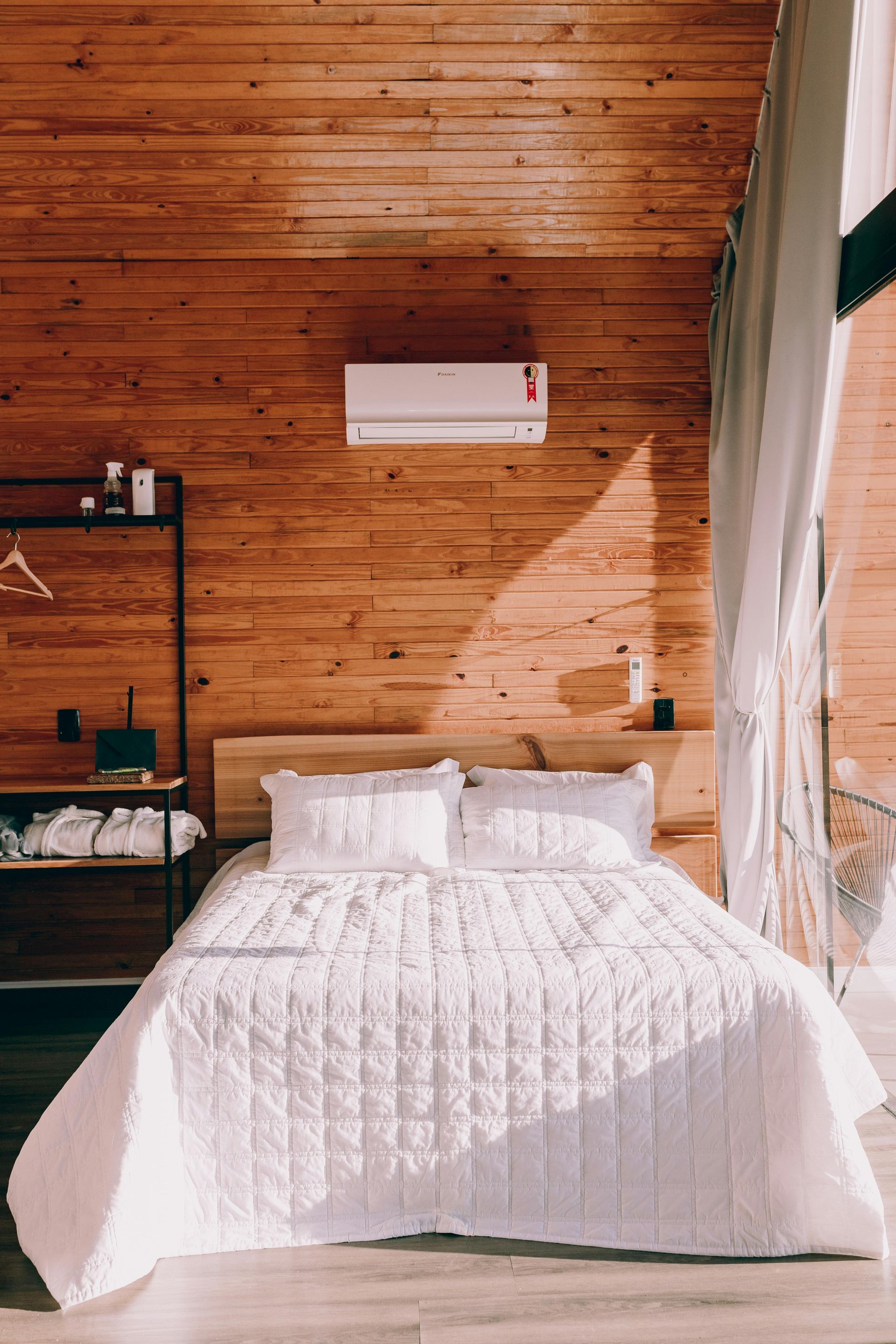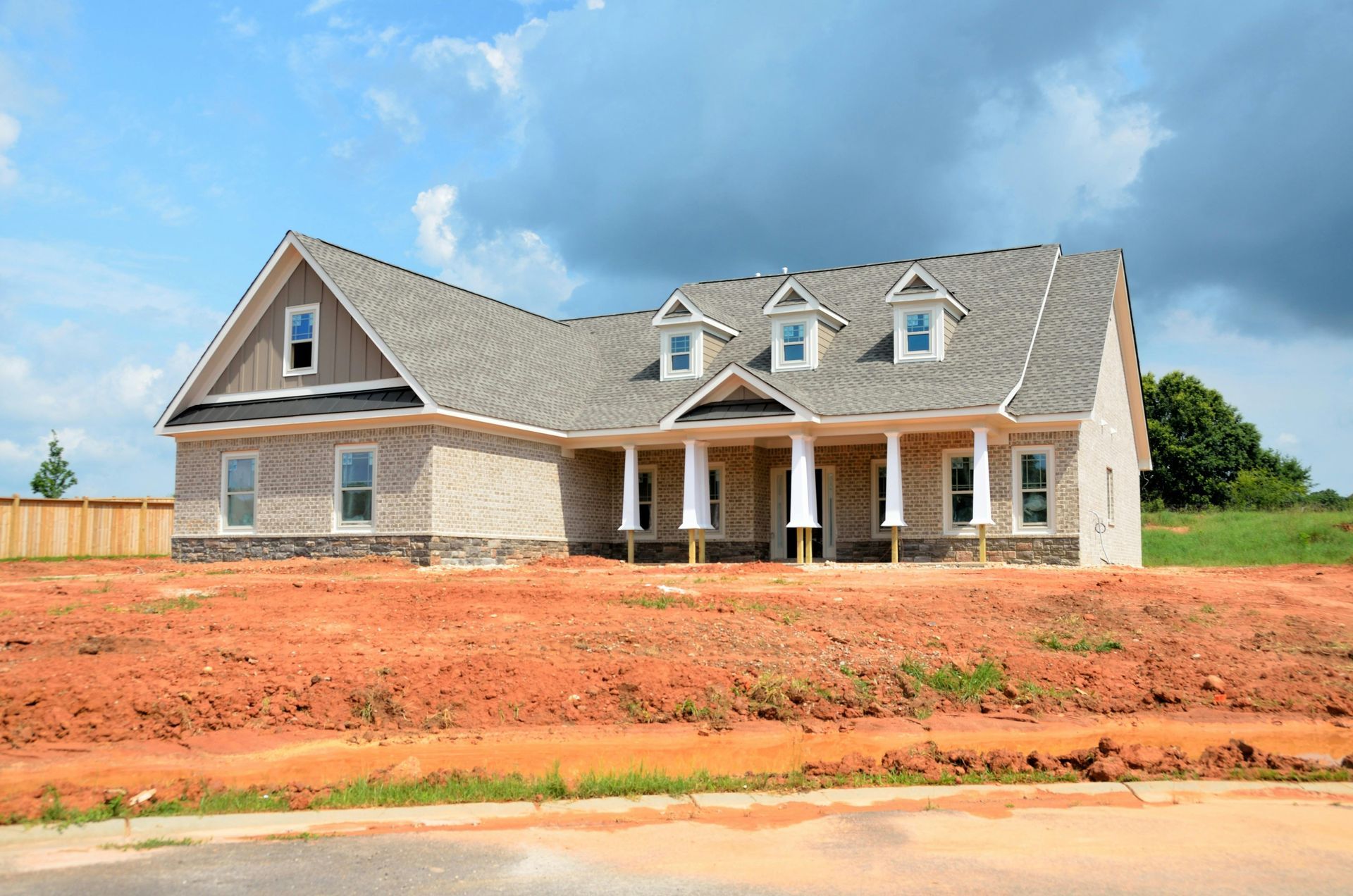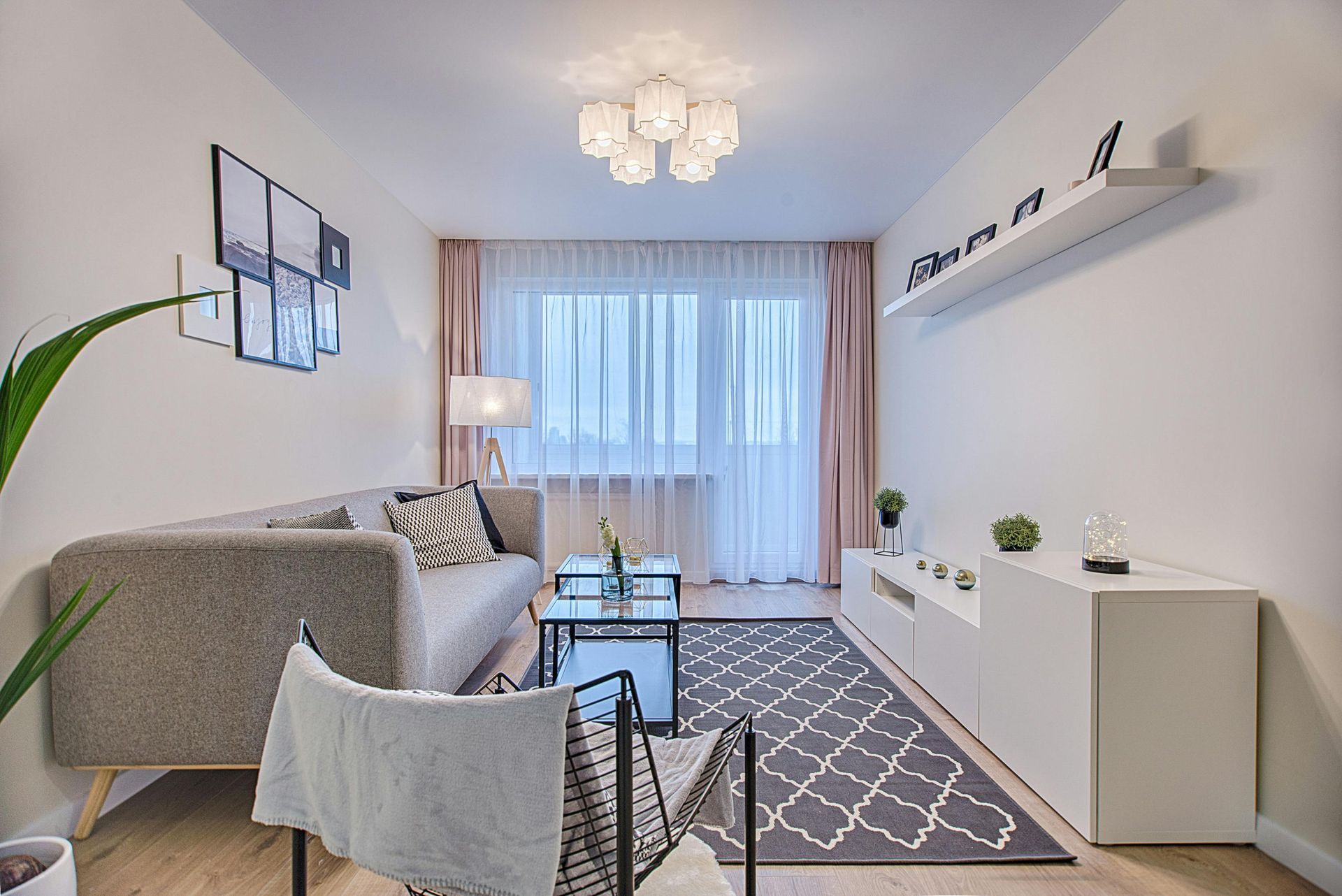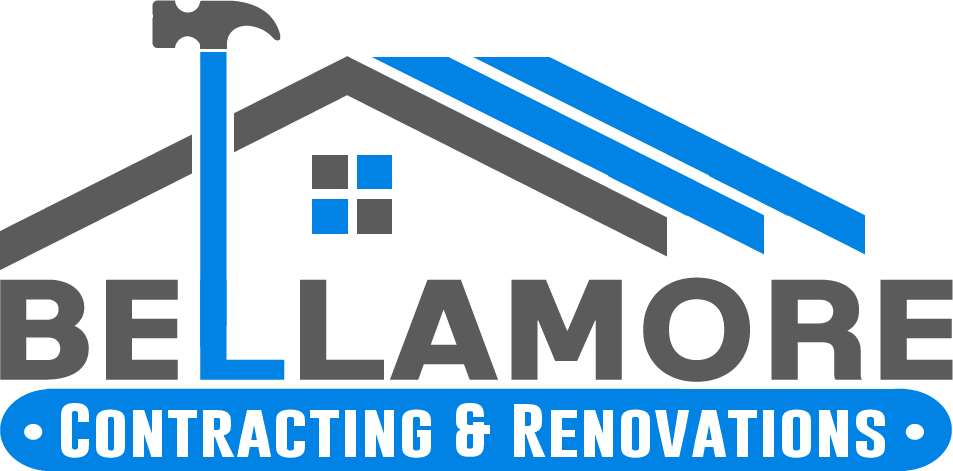Licensed (#RBC-21-01654) & Insured
Local References Available Upon Request
Licensed (#RBC-21-01654) & Insured | Local References Available Upon Request
Creating Main Lobbies That Impress and Inspire
A main lobby serves as the gateway to a building, setting the tone for visitors and establishing the first impression of the space. Whether it’s the entrance to a corporate headquarters, hotel, or commercial complex, a well-designed lobby combines elegance and practicality, ensuring a seamless experience for guests and employees alike. The balance between aesthetics, functionality, and branding makes lobbies an essential element in creating a professional and welcoming environment.
Understanding the Purpose of a Main Lobby
The lobby is more than just an entryway—it is a reflection of the organization’s identity and values. The design, materials, lighting, and layout all contribute to the way a building is perceived. In corporate spaces, lobbies often exude professionalism and confidence, reinforcing the company’s brand and culture. In hotels, they provide a warm, luxurious ambiance, inviting guests into a relaxing and service-oriented environment. Healthcare facilities prioritize comfort and navigation, ensuring that visitors feel at ease while easily finding their way around the building.
An effective lobby design accommodates the needs of different user groups, from clients and guests to employees and service providers. A well-planned space should facilitate movement, provide necessary information, and create a positive and memorable experience. Thoughtful layout choices ensure that the lobby remains inviting while allowing for efficient traffic flow and easy access to other parts of the building.
Key Design Elements for an Impactful Main Lobby
The entrance and overall layout set the foundation for a functional lobby. A spacious, open design allows visitors to move freely, reducing congestion and creating a welcoming atmosphere. Entryways should be well-lit and free of obstructions, guiding guests naturally toward reception areas or elevators without confusion.
Statement lighting plays a crucial role in both aesthetics and functionality. Large chandeliers, LED accents, and recessed lighting enhance architectural features while ensuring that the space is well-illuminated. Natural light integration further elevates the ambiance, creating a bright and airy feel that adds to the sophistication of the space.
Flooring selections contribute to the overall character of a lobby. Materials such as marble, polished concrete, or wood panels create an upscale feel, while durable tiles and carpets offer practicality in high-traffic areas. Custom flooring designs with brand logos or artistic patterns can further reinforce a company’s identity.
Seating areas should be both stylish and comfortable. A mix of lounge chairs, benches, and modular seating ensures that the space caters to different visitor needs. In corporate environments, sleek leather seating conveys professionalism, while plush, fabric-upholstered chairs create a more relaxed ambiance in hospitality settings. Thoughtful placement of seating arrangements prevents overcrowding and maintains an inviting, open space.
Wayfinding systems ensure that guests can navigate the space efficiently. Clear signage, digital directories, and strategically placed informational displays help visitors find their way with ease. Large commercial buildings and multi-tenant complexes benefit from intuitive directional signage that reduces confusion and improves the overall user experience.
Enhancing the Visitor Experience with Thoughtful Features
A well-designed reception and check-in area enhances operational efficiency and improves visitor interactions. The reception desk should be easily visible upon entering, with an intuitive setup that allows for quick and smooth check-ins. In corporate buildings, concierge-style service desks can provide assistance, while in hotels, self-service kiosks expedite the check-in process for tech-savvy guests.
Acoustic considerations play a role in ensuring a pleasant experience. In busy lobbies, noise levels can become distracting, making it difficult for guests to hold conversations or for receptionists to assist visitors effectively. Sound-absorbing materials such as textured wall panels, acoustic ceiling tiles, and carpeted areas help manage noise levels, creating a quieter and more refined environment.
Technology integration modernizes the lobby experience and streamlines processes. Smart displays provide real-time updates, company news, or promotional messages, adding a dynamic touch to the space. Automated check-in stations, digital concierge services, and contactless payment options improve efficiency while aligning with the expectations of today’s tech-driven guests.
Security and access control are essential considerations, particularly in corporate and commercial buildings. Keycard access, visitor management systems, and surveillance cameras contribute to a secure environment without compromising aesthetics. Subtle design elements, such as integrated security checkpoints and discreetly placed cameras, maintain the lobby’s elegance while ensuring safety.
Branding and Aesthetic Considerations
A lobby should visually communicate the identity of the organization or building. Incorporating company branding elements, such as logo placements, corporate colors, and custom wall art, reinforces recognition and strengthens brand presence. High-end finishes, curated artwork, and decorative installations create a cohesive look that aligns with the building’s theme and purpose.
Material and finish selections influence the ambiance and durability of the space. Glass partitions and sleek metal finishes contribute to a modern aesthetic, while natural wood and stone elements provide warmth and sophistication. The combination of textures and materials should complement the overall design philosophy, ensuring that the space feels intentional and inviting.
The integration of art and décor elements adds personality to the lobby. Sculptures, digital art installations, or statement wall murals provide focal points that enhance the space while reinforcing the brand’s identity. Rotating art displays or seasonal décor updates keep the lobby fresh and engaging, appealing to returning guests and employees alike.
Main Lobbies for Different Building Types
Corporate headquarters require lobbies that convey professionalism, authority, and sophistication. Sleek furnishings, statement lighting, and high-end finishes create an environment that impresses clients and establishes a strong brand presence. Meeting areas within the lobby space allow for informal networking, while integrated technology enhances efficiency.
Hotels and hospitality venues focus on warmth, comfort, and luxury. A well-appointed hotel lobby offers seamless service, with concierge desks, stylish seating areas, and inviting décor that sets the tone for the guest experience. Thoughtful layout choices ensure that guests can check in smoothly while enjoying a welcoming and visually stunning atmosphere.
Commercial complexes cater to high foot traffic, requiring durable and functional design choices. Open layouts with clear signage, spacious waiting areas, and easy access to elevators and staircases enhance usability. Multi-tenant office buildings benefit from a neutral yet sophisticated aesthetic that appeals to diverse businesses and clientele.
Healthcare facilities prioritize comfort, accessibility, and cleanliness. Calming color palettes, soft lighting, and ergonomic seating contribute to a stress-free environment for patients and visitors. Thoughtfully designed wayfinding elements help guests navigate medical complexes with ease, ensuring a smooth and reassuring experience.
Sustainability and Energy Efficiency in Lobby Design
Eco-friendly flooring and furnishings contribute to sustainable building practices. Recycled materials, low-impact paints, and responsibly sourced wood provide environmentally conscious solutions without sacrificing aesthetics. Water-based finishes and VOC-free materials enhance indoor air quality, creating a healthier space for visitors.
Energy-efficient lighting reduces operational costs while maintaining ambiance. LED fixtures, motion-sensor lighting, and daylight-harvesting systems optimize energy use without compromising the lobby’s visual appeal. Smart climate control systems further enhance efficiency, regulating temperature and ventilation based on occupancy levels.
Indoor greenery and biophilic design elements enhance both aesthetics and air quality. Living walls, potted plants, and water features introduce natural elements that contribute to a refreshing and inviting space. Biophilic designs foster a sense of well-being, reducing stress and enhancing the overall visitor experience.
Maintaining and Evolving a Main Lobby
Routine maintenance ensures that a lobby remains in top condition. Regular cleaning schedules, furniture upkeep, and technology updates help preserve the space’s functionality and appearance. Investing in high-quality materials minimizes wear and tear, reducing the need for frequent replacements.
Seasonal and trend-based updates keep the lobby dynamic and relevant. Rotating décor elements, adjusting seating arrangements, and incorporating temporary installations allow for fresh and engaging experiences. Consistent updates ensure that the space evolves with the needs of visitors and tenants.
Incorporating new technologies enhances the lobby’s efficiency and user-friendliness. Upgrading digital directories, adding interactive wayfinding systems, and integrating smart check-in solutions help modernize the experience while maintaining a sophisticated and forward-thinking design.
The Value of a Thoughtfully Designed Main Lobby
An exceptional main lobby contributes to a building’s overall appeal, enhancing guest experiences, reinforcing branding, and optimizing functionality. From high-end corporate settings to welcoming hospitality venues, a well-designed lobby fosters engagement, efficiency, and comfort. Investing in a lobby that balances aesthetics, usability, and sustainability ensures a lasting positive impression, supporting both business success and long-term visitor satisfaction.



